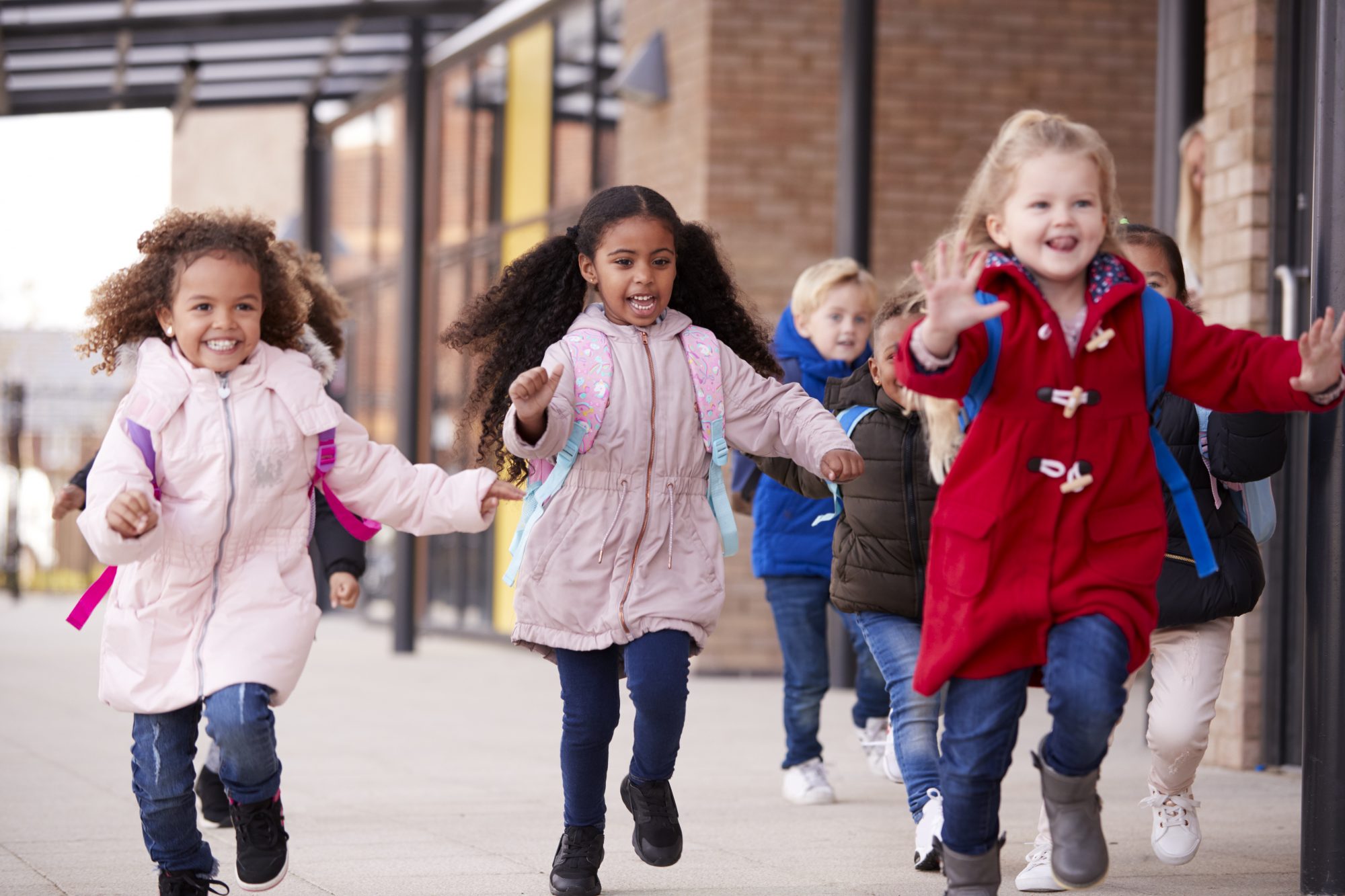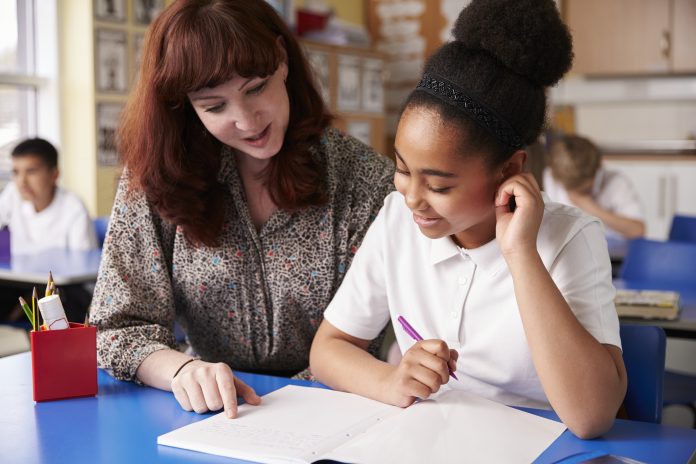We have health and safety policies for children’s bodies in our schools – so why don’t we have health and safety policies for children’s minds and brains too?
The neuroscience research is now sufficiently advanced that we have all the evidence we need on the adult- child relationship experiences that cause mental health problems and those that heal.
Painful life experiences, particularly multiple ones, are in most cases, the cause of mental ill-health – especially when there is no one there to help a child make sense of and work through what happened (known as protective factors). This is reinforced by one of the biggest public health studies of our time, (17,000 people): The Adverse Childhood Experiences Study (ACE Study) (Anda, Felitti et al, 2006, European Archives Psychiatry Clinical Neuroscience).
The study found that adverse childhood experiences are a leading determinant of all the major mental and physical illnesses in the Western world. ACEs include childhood events such as living with parental separation and divorce, suffering a major loss, witnessing domestic violence, living with a parent with mental health problems or one who has an alcohol or drug addiction.
The study found that adverse childhood experiences are a leading determinant of all the major mental and physical illnesses in the Western world.
The more ACEs, without protective factors, a child has, the more vulnerable they are to developing a mental health problem. Furthermore, ACEs trigger what is known as ‘toxic stress’, which negatively impacts on the developing brain, the immune system and the endocrine system.
However, mentally healthy schools can do so much to bring down toxic stress and interrupt the trajectory from adverse experiences to mental and physical ill-health.
To set the context, I strongly endorse the statement in the Government’s Green Paper December 2017: Transforming children and young people’s mental health provision,
“There is evidence that appropriately-trained and supported staff such as teachers, school nurses, counsellors, and teaching assistants can achieve results comparable to those achieved by trained therapists in delivering a number of interventions addressing mild to moderate mental health problems (such as anxiety, conduct disorder, substance use disorders and post-traumatic stress disorder)”.
Introduce a whole-school mentally healthy culture
If implemented, with appropriate training, as part of a whole-school culture, all of the following are evidence-based protective factors for children and teenagers:
• Feeling listened to
• Feeling understood
• Engaging in mental state talk with an empathic adult
• Helping children and teenagers to correctly label their feelings
• Emotion coaching (validating the feelings underneath the child’s behaviour, however challenging)
• Psycho-education (giving children and parents the facts about the causes of mental health symptoms, about diagnoses and successful interventions)
Implement a ‘relationship policy’ for staff
Author Paul Dix in, When the Adults Change, Everything Changes advocates for a relationship policy. Such a policy should include whole-school training on the physiology and neurochemistry of angry, threatening behaviour in children and the physiology of calm, engaged behaviour.
When we are consistently open and engaging with a child in a warm and respectful manner, the physiological social engagement system (Porges 2017) and pro-social neurochemical systems, in particular opioids and oxytocin (CARE system, Panksepp and Biven 2012), are activated. These are anti-aggression and anti-anxiety chemicals.

This is why interventions such as ’meet and greet’ are key. Meet and greet in primary schools involve the teacher addressing each child individually by name, with a warm open expression, at the school entrance, and in secondary schools at the classroom door. This one intervention not only calms children and settles them to learn but has also been found to dramatically increase attendance figures (Dix 2017). One school found that saying goodbye to each child in turn and by name, as they got on the school bus at the end of the day led to far calmer bus journeys home.
Introduce interventions that bring down pupils’ toxic stress levels to tolerable stress
Many children arrive at school in an emotional state not conducive to learning. There are many neuroscience research backed interventions designed to bring down stress levels in vulnerable children from toxic to tolerable. These are best implemented at the beginning of the school day and include:
• Accompanied drumming
• Tai chi
• Mindfulness
• Sensory play
• Time with animals or time outside
All these interventions support learning and protect against toxic stress-induced physical and mental illness.

Use discipline that actively teaches pro-social skills
Research shows that punishment, such as isolation, sensory deprivation and feeling shamed is detrimental to the mental and physical health of students (Dickerson et al 2004). In contrast, the use of restorative conversations in schools has been found to be highly effective in both decreasing behaviour problems and exclusions and developing pro-social skills and life-long ability to manage stress well.
Train school staff to become ‘emotionally-available adults’ for vulnerable children
Having daily and easy access to at least one specific emotionally-available adult, and knowing when and where to find that adult is an effective way to bring down pupils’ toxic stress levels. If the child does not take to the designated adult, an alternative person should be found.
School staff should be trained to adjust their expectations and practices around vulnerable children to correspond with their developmental capabilities and experience of traumatic stress and loss.
This includes removing vulnerable children in a kind, non-judgmental way from situations they are not managing. For example, teachers could introduce a ‘calm and be happy space’ for children who, due to traumatic life experiences, keep triggering into aggressive behaviour in the playground.
Key staff should be trained in reflective conversations to enable vulnerable children to address ‘incoherent narratives’ they have about their lives and negative self-referencing (e.g. ‘my mother’s depression is my fault’). Pupils should be helped to process, talk through and make sense of painful life events when they want to, with someone trained to provide an empathic, compassionate response.
Key staff should be trained in reflective conversations to enable vulnerable children to address ‘incoherent narratives’ they have about their lives
This provision can enable vulnerable children to move from ‘behaving’ their trauma/painful life experiences, to reflecting on those experiences.
Focus on the wellbeing of staff as well as students
This need to happen from the top, with senior leads:
• Carrying out a duty of care to staff to prevent burn-out, absence or leaving the profession through stress-related illness
• Being aware of high stress states in staff and providing those staff with sufficient emotional regulation, such as a ‘reflect and restore room’ or sensory zone staff-only spaces (with time built into the timetable) A quick chat in the corridor before the teacher’s next lesson is not sufficient to reduce toxic stress levels and activate optimal levels of oxytocin in the brain.
• Providing on-the-spot empathic support, not just advice giving, for moments of crisis and a forum for school staff to talk in confidence about their feelings and particular stress triggers from their work, e.g. providing timetabled time for psychologist-led supervision and/or facilitated group talk- time.
Create a policy around testing and exam stress
Mentally healthy schools will promote and value the development of the whole child to ensure that pupils understand that their self-worth, and the worth of others, cannot be measured simply by tests and exams.
Finally and most importantly, if schools are to become mentally healthy places for both teachers and students, the value of wellbeing has to start at the very top, with organisations such as Department For Education, Ofsted and the Regional Schools Commissioners balancing the scales between outcomes (test scores) and emotional wellbeing.
There needs to be national recognition of the importance of monitoring the wellbeing of schools, and governing bodies, trust boards and directors need to make staff wellbeing as well as pupil wellbeing a key performance indicator for our schools.
Dr Margot Sunderland
Child Psychologist, Psychotherapist, Neuroscience Expert
Director of Education and Training
The Centre for Child Mental Health and Co-Director of Trauma Informed Schools UK
For further information on stress, child mental health and training please call 020 7354 2913 or visit: https://www.childmentalhealthcentre.org.
References:
Bellis, MA, Hardcastle K, Ford K, Hughes K, Ashton K, Quigg Z, Butler N, (2017), ‘Does continuous trusted adult support in childhood impart life-course resilience against adverse childhood experiences – a retrospective study on adult health-harming behaviours and mental well-being’. BMC Psychiatry. 2017 Mar 23;17(1):110.
Brownell, CA., Svetlova M., Anderson R., Nichols S., Drummond J. (2013). Socialization of early prosocial behavior: parents’ talk about emotions is associated with sharing and helping in toddlers. Infancy 18, 91–119
Burke Harris, N ( 2015) Summit – Adverse Childhood Experience and Toxic stress A Public Health Crisis The Area Health Education Center of Washington State University )
Churchland, PS. and Winkie, P. (2012) ‘Modulating social behavior with oxytocin: How does it work? What does it mean?’ Hormones and Behavior 61 (2012) 392–399
Dickerson, S, Gruenewald, T, Kerneny, M (2004) When the Social Self Is Threatened: Shame, Physiology, and Health 28 October 2004 Journal of Personality
McClukey, G, Lloyd G, Kane J, Riddell, S Stead, J Weedon S ( 2008)
Can restorative practices in schools make a difference? Educational Review
Vol. 60, No. 4, November 2008, 405–417
Gottman, J, Katz, L, Hooven C (1996) Parental Meta-Emotion Philosophy and the Emotional Life of Families: Theoretical Models and Preliminary Data. Journal of Family Psychology 1996, Vol. 10, No. 3, 243-268
Gus, L., Rose, J. and Gilbert, L. (2015) Emotion Coaching: A universal strategy for supporting and promoting sustainable emotional and behavioural well-being. Educational & Child Psychology, 32 (1), 31-41.
Eisenberger et al (2014)Soc Cogn Affect Neurosci. 2014 Dec;9(12):1890-6. The neural bases of feeling understood and not understood
Eisenberger NI, Taylor SE, Gable SL, Hilmert CJ, Lieberman MD. (2007) Neural pathways link social support to attenuated neuroendocrine stress responses. NeuroImage 2007; 35: 1601–1612.
Eisenberger et al (2014)Soc Cogn Affect Neurosci. 2014 Dec;9(12):1890-6. The neural bases of feeling understood and not understood
Eisenberger NI, Taylor SE, Gable SL, Hilmert CJ, Lieberman MD. (2007) Neural pathways link social support to attenuated neuroendocrine stress responses. NeuroImage 2007; 35: 1601–1612.
Hughes, D and Baylin J (2012) Brain-Based Parenting: The Neuroscience of Caregiving for Healthy Attachment)] WW Norton & C, New York
Kircanski, K., Lieberman, M. D., & Craske, M. G. (2012). Feelings into words: Contributions of language to exposure therapy. Psychological Science, 23, 1086- 1091.
Panksepp J and Biven, L ( 2012) The Archaeology of Mind W. W. Norton & Company;
Porges S (2017) The Pocket Guide to Polyvagal Theory W. W. Norton & Company
PLoS One. 2011;6(11): Synchronized drumming enhances activity in the caudate and facilitates prosocial commitment.
Tomoda, A, Sheu, Y, Rabi, K, Suzuki, H, Navalta, CP, Polcari, A, Teicher, MH. (2011), ‘Exposure to parental verbal abuse is associated with increased gray matter volume in superior temporal gyrus’, NeuroImage 54 (2011) S280–S286
Uvnas-Moberg, K. (2011) The Oxytocin Factor: Tapping the Hormone of Calm, Love and Healing, Da Capo Press, Cambridge MA.











